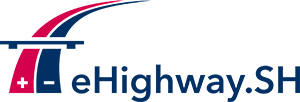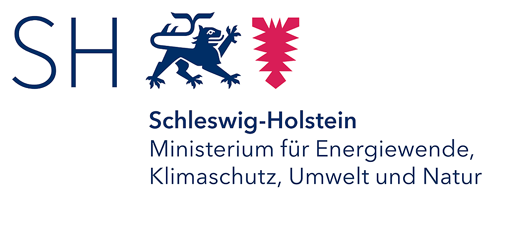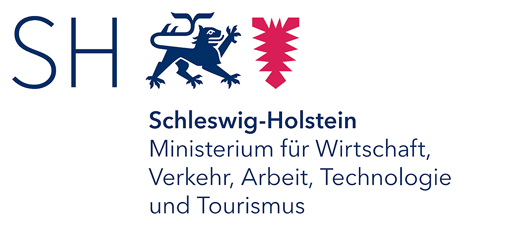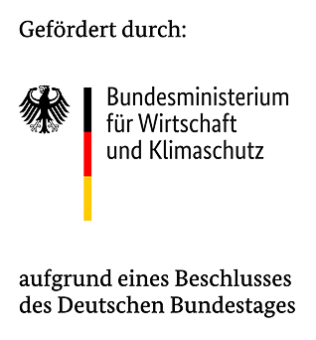Traffic and transport logistic effects
Heilbronn University of Applied Sciences: LOGWERT Competence Center, Prof. Dr.-Ing. Raoul Daniel Zöllner
For the economic evaluation of the use of trolley trucks, a study system is being developed to analyze the data collected during the field test (including data on trip progress and duration, speed profile, payload, consumption, and drive type). Based on this, a calculation scheme will be developed to enable freight forwarders to compare the use of conventional trucks and OH trucks for their logistics use cases. On the one hand, it is intended to serve transport companies as a strategic tool when acquiring new vehicles, and on the other hand, dispatchers as an operational tool when deciding which vehicle to use for which job.
Basics
The cornerstone of the studies is a methodological development of conventional vehicle costing, taking into account previous overhead truck evaluation models of current research on Electric Road Systems (ERS) and OH trucks (including Roadmap OH trucks, CollERS and StratON). The starting point of the applied assessment methodology is a link between vehicle costing and life cycle assessment. The evaluation methodology is applied to the vehicles of the test route and is transferable to other routes and expansion scenarios for an overall economic consideration.
Targets
By the end of the field trial, various measurement systems will be
Among other things, record the vehicle data required for this purpose (e.g. electricity and diesel fuel consumption data). This data is used as a basis for evaluation and balancing, and is supplemented with additional deployment and holding costs for the vehicles. The aim is to establish comparability in cost accounting by using an hourly and kilometer rate for conventional trucks and OH trucks respectively.




